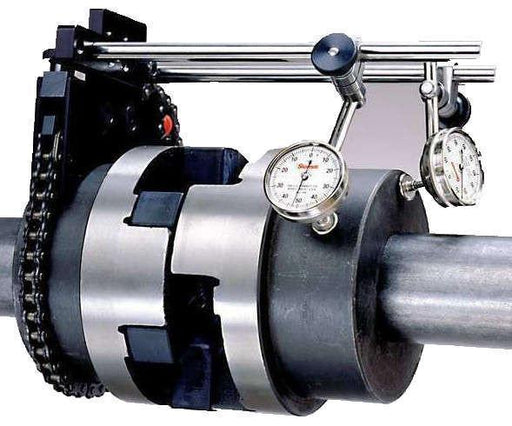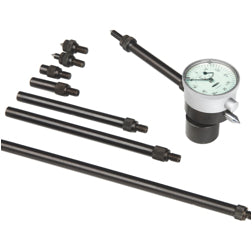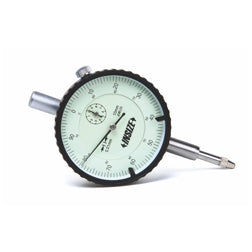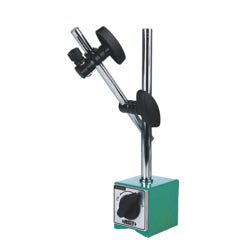210 2231624
Koepler Shaft Alignment
-
Top Seller
 668-SET
668-SETKöbler Axis Alignment System
Original price €960,00 - Original price €960,00Original price€960,00€960,00 - €960,00Current price €960,00| /Includes: (A) 668 Chain Clamp Only (EDP 667155) PCS 1 (B) PT99529 Ext Plate Screw Washer (EDP 67454)PCS 1 (D) 657G Upright base post (EDP ...
View full detailsΜε παραγγελία
Σχετικές Κατηγορίες
A shaft alignment clamp set (κόμπλερ - shaft alignment clamp set) is a collection of tools and components used in the process of aligning rotating shafts in machinery.
It typically includes various clamps, brackets, and fittings designed to secure shafts in place during the alignment process. The purpose of a shaft alignment clamp set is to hold rotating shafts steady while adjustments are made to ensure they are properly aligned. This is important because poor alignment can lead to excessive wear, reduced performance, and potentially serious machine damage.
The specific components included in a shaft alignment clamp set may vary depending on the manufacturer and application. However, common items found in such sets may include shaft brackets, chain clamps, magnetic bases, dial indicators, and alignment rods.
These tools help technicians measure accurately and correct any misalignment between shafts. Overall, a shaft alignment clamp set is an essential toolkit for professionals involved in the maintenance and repair of rotating machinery, enabling them to achieve precise alignment and optimize equipment performance and longevity.







